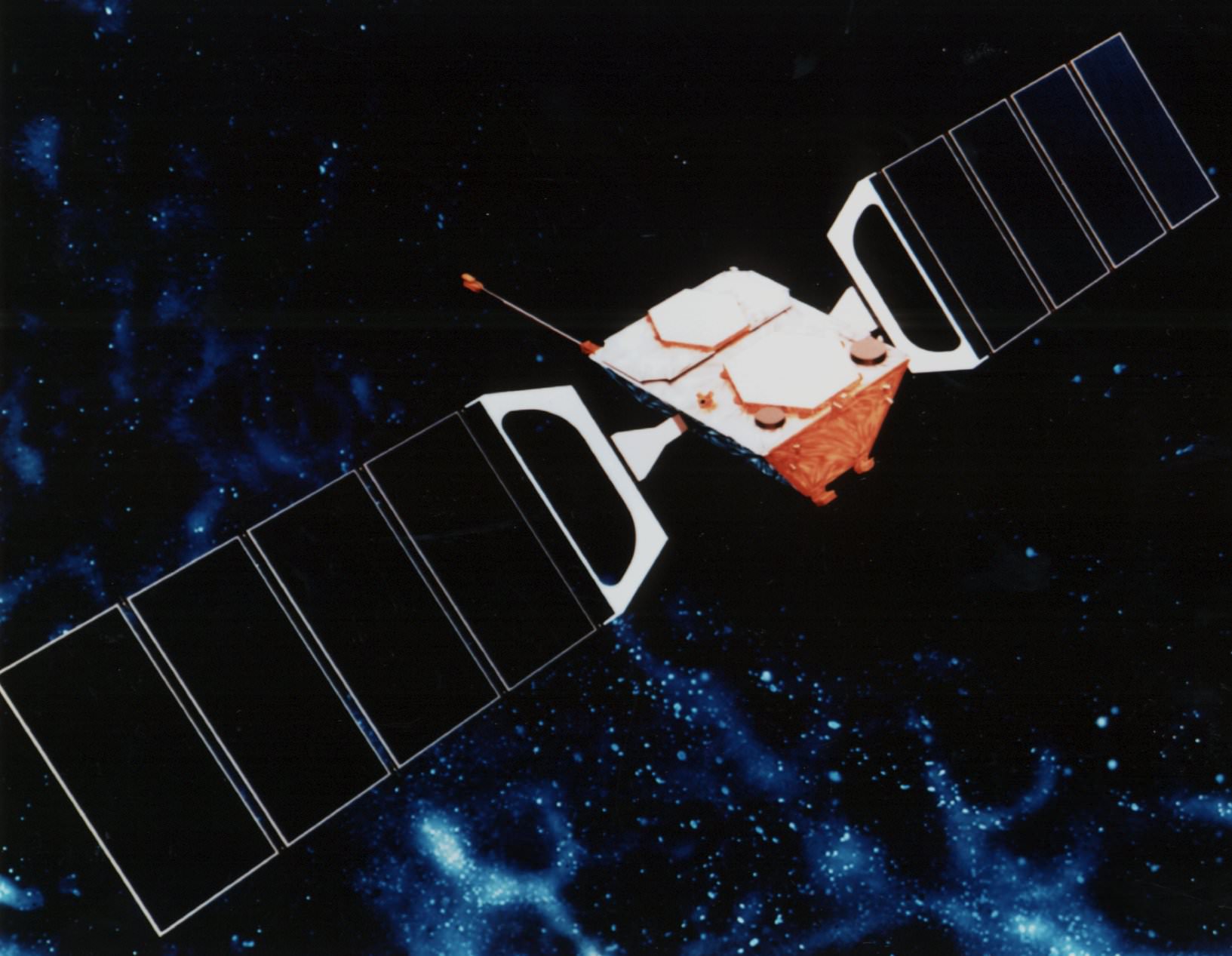[/caption]
There are some amazing resources on the Internet that will let you track and find satellites in the sky. Did you know that the International Space Station is the brightest manmade object in the sky? It’s easy to see if you know when and were to look. So, this article should give you some good satellite finder resources, so you can track down and bag sightings of satellites.
The first place to start is NASA’s tracking page for the International Space Station, space shuttle and Hubble Space Telescope. This tells you where the spacecraft currently are, and also give you a way to find out when the spacecraft are going to be flying over your part of the world. They have a quick list of common locations, but you can also enter your latitude and longitude, and the system will give you some sighting opportunities.
Next, check out the Real Time Satellite Tracking page. This shows you the current position of thousands of satellites, and lets you see what’s overhead right now. You can set up satellite finders to watch the position of certain satellites. It’s an amazing resource.
Another great tool is Heaven’s Above. It lets you put in your local address, and then get predictions for satellites that will be overhead in the next few days. You can see the current position of the International Space Station, and much more.
If you have an iPhone, here’s a cool app that lets you find out the current location of the International Space Station and the space shuttle (if it’s in orbit right now).
If you have a satellite dish, and you need a satellite finder to maximize the strength of the signal, here’s a link to a Satellite finding kit from Amazon.com. It lets you finely tune the direction of your satellite dish to get the best signal from the satellite.
We have written many articles about satellites for Universe Today. Here’s an article about how you can watch satellites gather data in real time, and here’s a service that lets you launch your own satellite for only $8000.
We have done many episodes of Astronomy Cast about satellites. Listen to Episode 84: Getting Around the Solar System.

